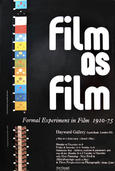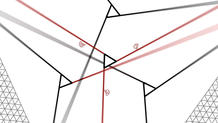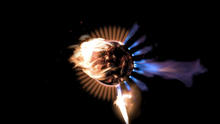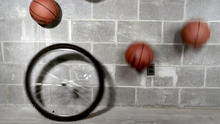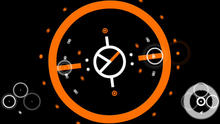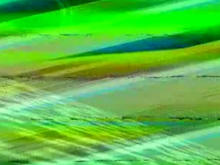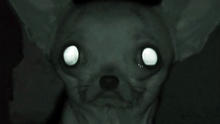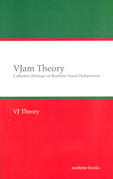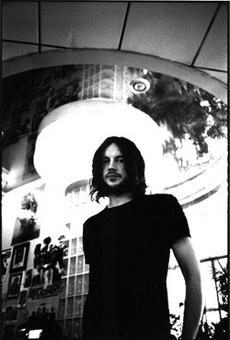Renaud Hallée
(*1989) is a young experimental filmmaker and audiovisual composer. His work include Sonar, a personal project completed while he was still in university in 2009, Combustion and The Clockmakers, produced by the National Film Board of Canada (NFB).
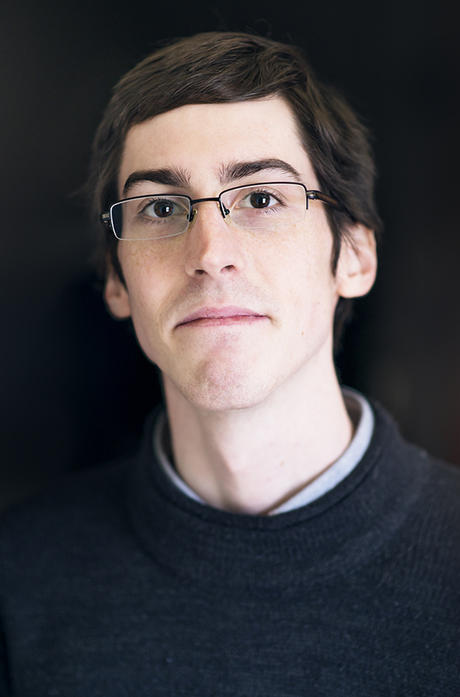
Renaud Hallée creates music-centered short films and interactive projects, produced either independently or with the National Film Board of Canada (NFB). Born in 1989 in Montreal, Renaud Hallée obtained a college degree in filmmaking and a bachelor's degree in music composition.
His short films have been shown in numerous music and film festivals around the world, including Ottawa International Animation Festival, Annecy International Animation Film Festival, Toronto International Film Festival (TIFF) and SXSW.
Source: PossibleMetrics
Renaud Hallée, who trained in classical music, also composes his own scores.
In fact, this talented filmmaker elaborates his films much like a musician with his instrument. Without a large team, he creates remarkably coherent systems of sounds and visuals. His films have been described as "a way of listening to music with your eyes."
Renaud Hallée is one of those Web artists who turn everything they touch into Internet gold. His first three films, Sonar (2009), Gravity (2009) and Combustion (2011) – produced independently by his production company Possible Metrics – were all selected as Staff Pick by Vimeo’s editorial team. Since then, each film has racked up hundreds of thousands of views, for a total of nearly 2 million views to date… and counting.
Source: National Film Board of Canada


